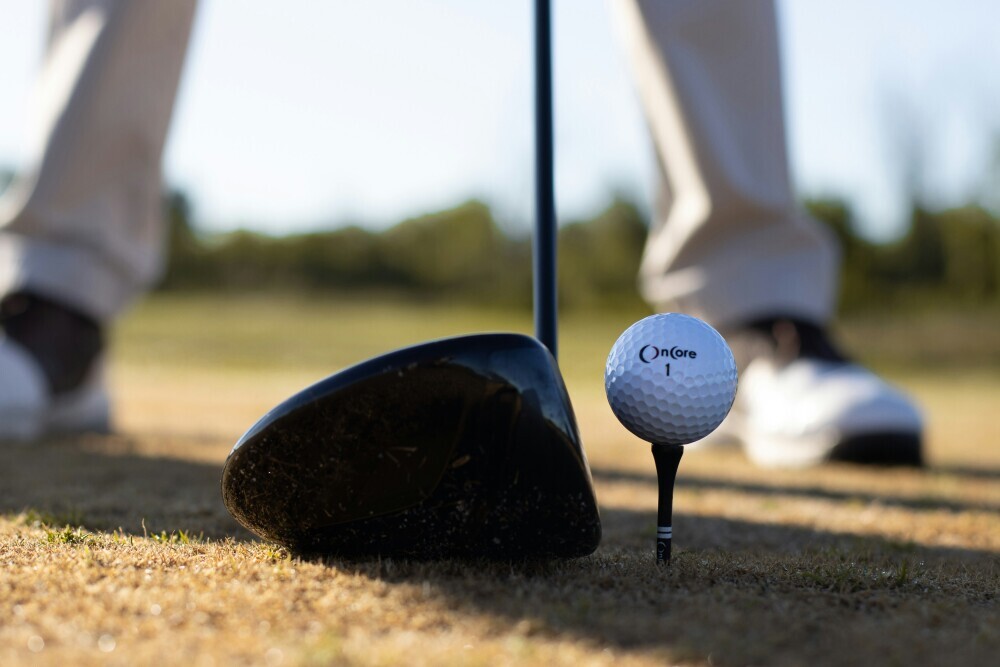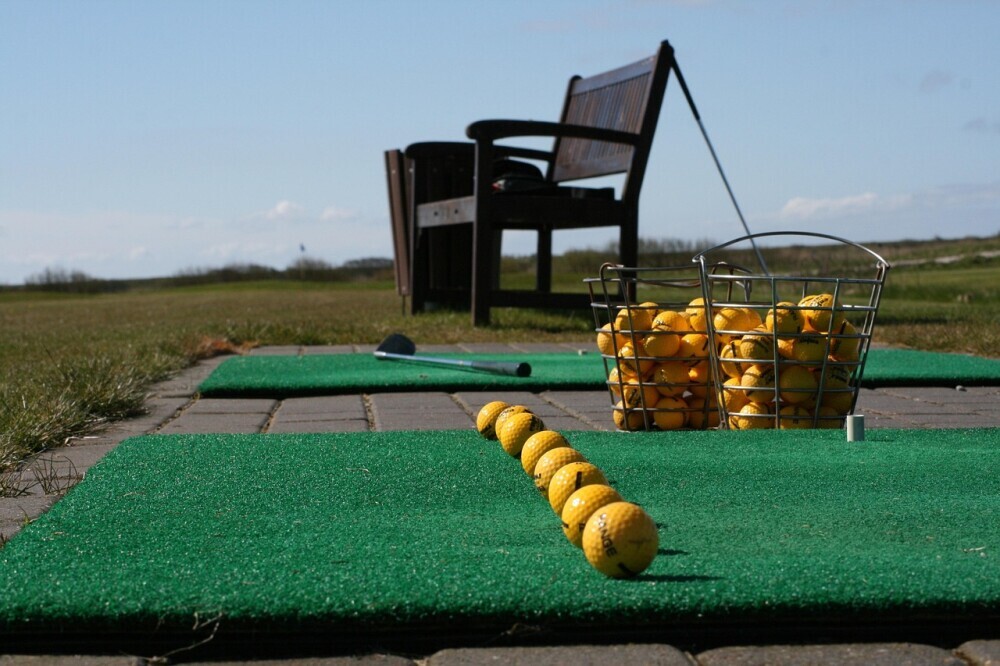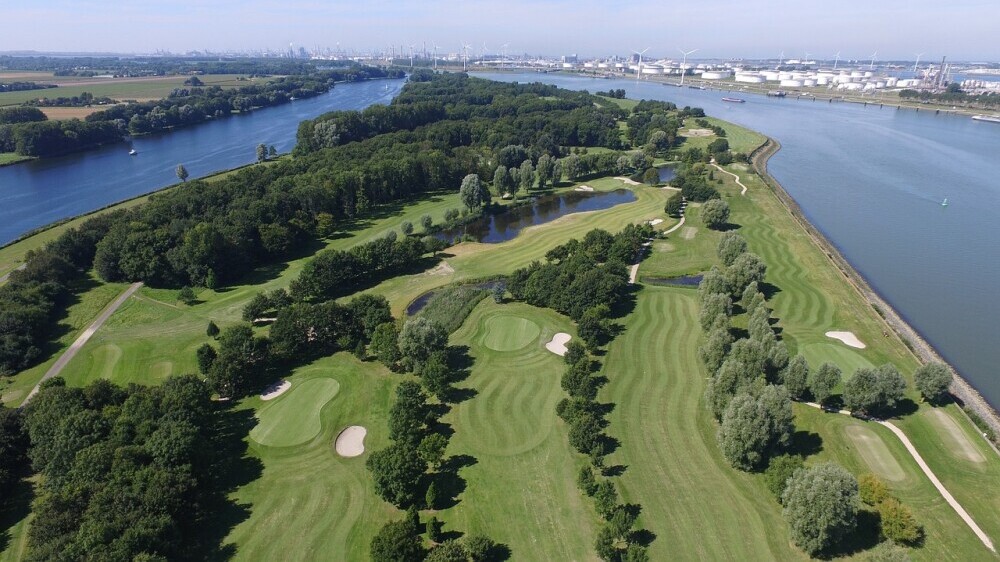How To Make Good Contact With Golf Ball
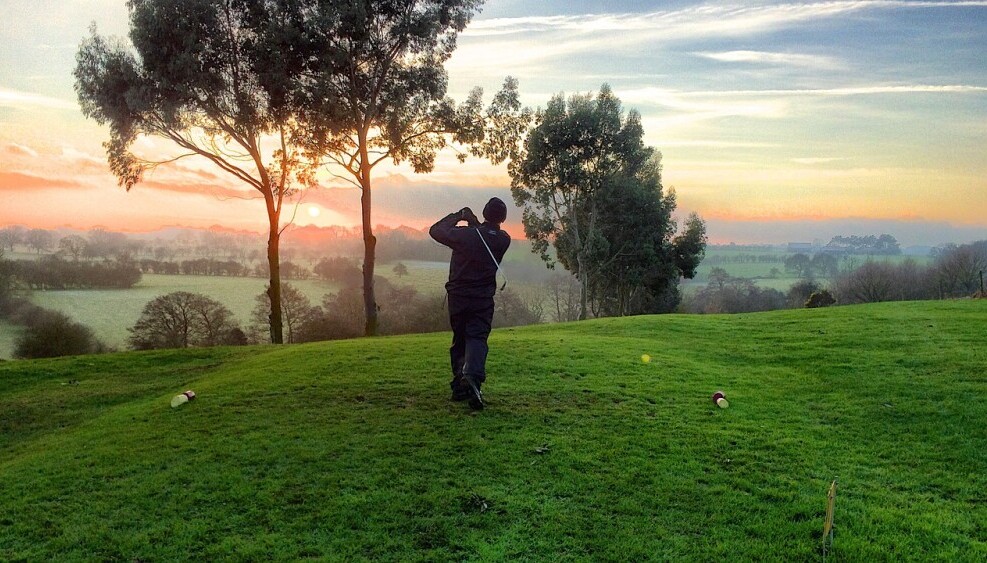

Fore! Quick note: a few links here are affiliate links. If you snag gear through them, I earn a small commission — no extra strokes added to your game.
Golf is all about making the right kind of contact with the ball if you want to be successful, and it all boils down to how well you connect. Contact in golf refers to the point where the clubface meets the ball and how cleanly that contact is made. It’s a big deal because the quality of this impact directly influences the direction and distance of your shot. This is the golf viking, and we’re getting into it hard with a very important golf lesson, and it’s all about contact.
Good contact can turn an average swing into a spectacular shot. When you’ve got that connection on lock, you’re more likely to get accuracy and distance that turn heads on the green. You want that ball to take off like it has a mind of its own, heading straight for the target. It’s like the perfect alignment of the stars, but on a golf course.
There are quite a few myths floating around about what good contact really means. Some folks think it’s all in the strength, just whack it as hard as you can. But here’s the thing: it’s not about muscling your way through the swing. It’s about finesse, precision, and a whole lot of practice. You will have more success on the golf course making good contact with the ball rather than just trying to hit it harder.
Think of your swing like a dance, where timing and rhythm play a major role. If you’re swinging too fast or too slow, or if that clubface isn’t perfectly aligned, even the slightest misstep can throw off your game. So, mastering contact is about understanding the nuances of your swing and knowing what feels right and what doesn’t. So how can we get good contact?
Making consistent contact starts with a proper swing. Strengthen your fundamentals with our guide on mastering the golf swing.
Ready to level up your golf game? Click here.
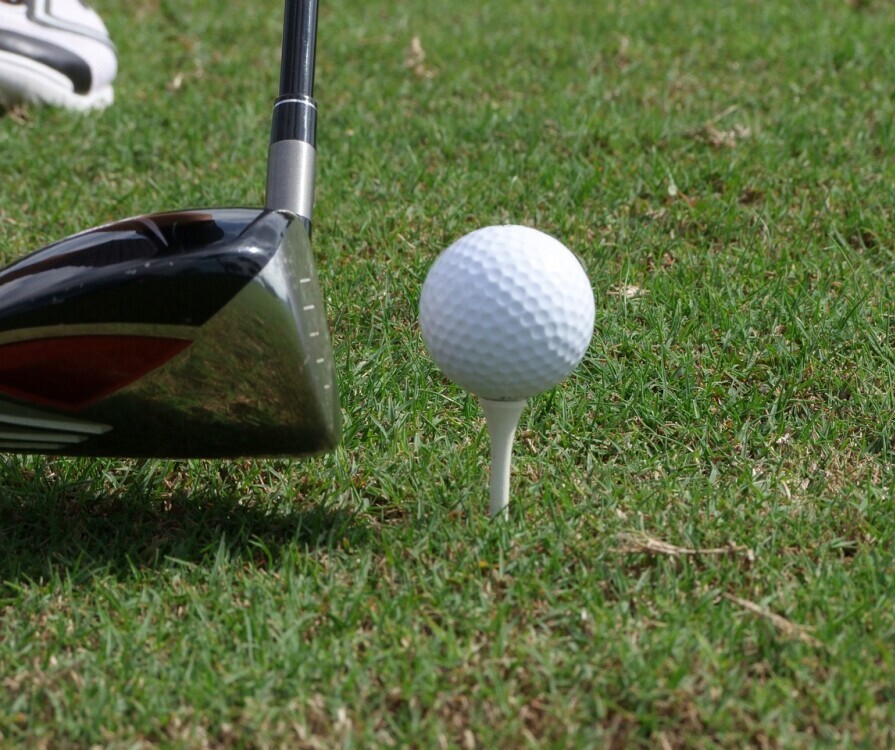
The Steps to Achieving Excellent Contact with Your Golf Ball
Getting your golf game on point starts with dialing in some basic techniques. Let’s kick things off with your stance. You want to feel grounded and balanced, almost like you’re ready for anything. Your feet should be shoulder-width apart, giving you a solid base to swing from. Imagine setting yourself up like you’re about to take a free throw in basketball. Solid, confident, and ready. A good stance sets you up for a good swing.
Next up, posture. You’re going to want to lean slightly forward from your hips, keeping your spine straight. No hunching over. This isn’t a race to the finish line. Just let your arms hang naturally and make sure you’re not too tense. You want to be relaxed but alert, like you’re about to ace a game of pickup soccer.
Then, let’s talk about your grip. You’ve got to feel connected to the club, almost like it’s an extension of your arm. Too loose, and it might fly out of your hands; too tight, and you’ll strangle all the life out of your swing. Aim for a grip that’s firm yet comfortable, letting the club do its thing while keeping you in control.
Now, swing path and tempo. Think of the swing as a pendulum, a smooth motion that’s consistent and controlled. You don’t need to go all-out in terms of speed. Focus on maintaining a steady, rhythmic swing that feels like summer breeze through an open window—smooth and effortless.
There’s nothing wrong with a bit of practice, either. Drills can help refine your movement. Try out some half-swings first, just to get a feel for it. Practice hitting with focus on clean, centered contact, almost like you’re crafting something amazing one piece at a time. This is where patience pays off.
Remember, it’s about connection, not aggression. With practice, these steps will turn into second nature, and soon you’ll be making solid contact without having to think twice about it. So how can making good contact make you better out on the course?
Ball contact is influenced by your stance and setup. Learn how to optimize your position in correct stance for golf.
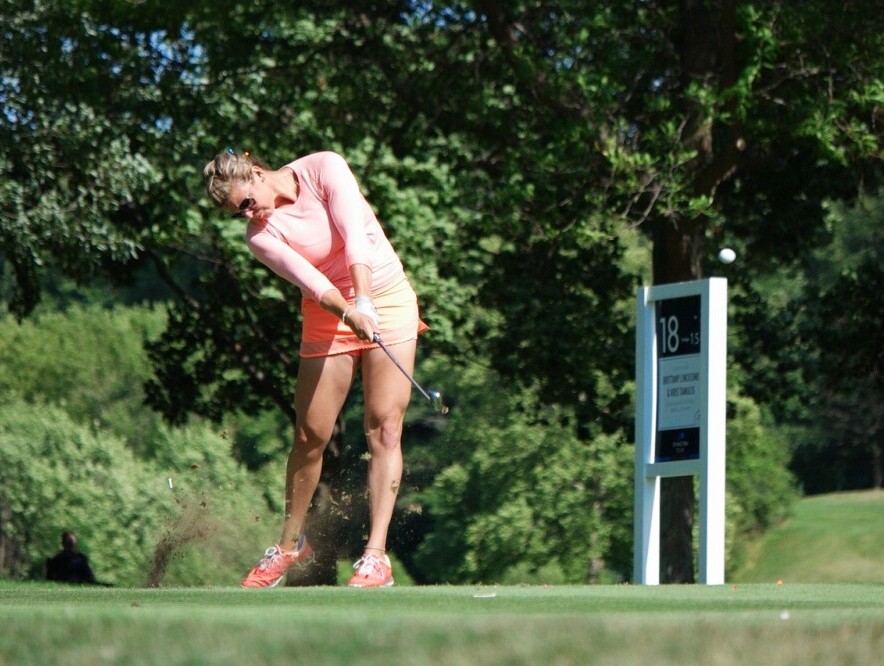
Maximizing Clubface Precision: Hit the Ball in the Right Spot
When it comes to golf, where the clubface hits the ball is everything. Imagine the clubhead as your best friend on the course, guiding the ball exactly where you want it to go. Getting that clubface square at impact is like planting a seed for a perfect shot.
Let’s break it down. Each club has a ‘sweet spot,’ the magic area on the clubface designed for optimal performance. It’s usually smack dab in the center, and hitting this spot is what gives you that crisp ‘pop’ sound. It’s what golfers live for, really, that solid feel where you just know the ball is going to fly true.
Alignment is crucial. Start by lining up your clubface to the target. Draw an imaginary line from the ball to your target and adjust the clubface accordingly. It’s a bit like setting your GPS before a road trip, making sure you’re pointing in the right direction before you set off. If you’re alignment is off, then even with a good swing motion you can still end up hitting your can into the wrong spot.
Your posture and grip naturally play into alignment, helping you guide the club for that perfect meeting with the ball. Hold it like you’re shaking hands—comfortably, yet firmly—and let that clubface do its magic.
Timing everything right seals the deal. The clubface needs to be in perfect harmony during your swing, meeting the ball with precision. Avoid the rush; imagine each swing as a perfectly timed piece of music. Take it slow and steady.
It’s worth the effort to practice this until you can feel and predict the clubface position almost intuitively. When you’ve got it just right, your shots start to feel more intentional, and less of a lucky fluke. With practice, hitting the sweet spot becomes more than a chance encounter; it becomes your new normal.
The type of club you use can affect contact quality. Check out our reviews on the top 10 iron sets for beginners to choose clubs that make striking easier.

The Consequences of Poor Contact: Learning from Mistakes
Mis-hitting a golf ball is something every golfer has experienced, and it can really shake things up out there on the course. When contact isn’t spot on, you might notice the ball either slicing dramatically to the side or just flopping embarrassingly short, neither of which is going to win you any trophies. So if you find that you are struggling on the course, or that your ball just doesn’t seem to go where you want it to, consider the possibility that you’re not making good contact with the ball.
So, what exactly happens when contact is off? When the clubface strikes the ball outside the sweet spot, the shot can lose both accuracy and power. It’s like trying to shoot hoops with a flat basketball — nothing’s really going to go where you want it to. Off-center hits often mean the energy transfer is inefficient, which messes with ball speed and direction.
Understanding what leads to poor contact is super useful. Maybe it’s a rushed swing, a misaligned clubface, or even gripping the club too tightly, which throws things off-balance. Try to spot these patterns in your game. If you’re finding it tricky to pinpoint the issue, recording your swing on video can offer some visual clues — it’s like having a mini coach in your pocket.
By fixing these hiccups, you gradually start making improved contact. Begin by keeping your setup consistent. Check your stance, grip, and alignment before swinging, each acting like a checklist item to freeze out the errors. Try slowing down your swing tempo until you get your groove back, which can help reset your feel for the club.
There’s no doubt that solid contact is a big win for your confidence, impacting not just your game but how you enjoy it. So when mishaps happen, embrace them as learning experiences. Use these moments to refine your skills, and pretty soon, you’ll find your place on the course where off-center hits are just a memory. I’ll see you out on the golf course, making that sweet, sweet contact.
Swing path mistakes often lead to hooks or slices, which affect contact. Correct these issues with the ultimate guide for how to fix a slice.
